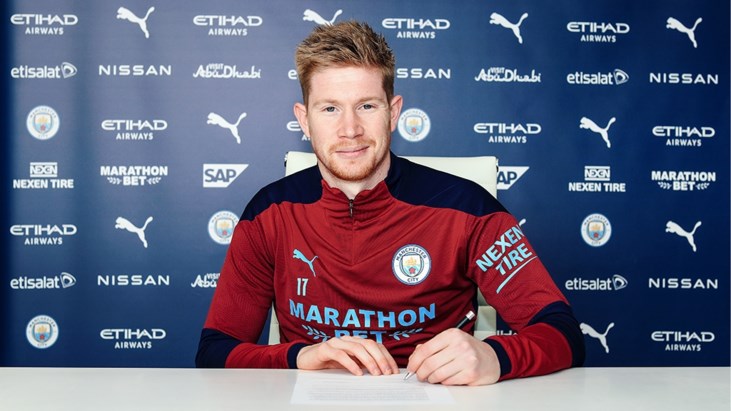Humans have always tried to enhance our daily lives by technology. With technology constantly and continuously evolving, the potential for human augmentations seems limitless. Scientists and enterprises are trying to implement the latest technological improvements and tools to the human body that enables creative functions like processing numerous amounts of data (Johnson,2021).
Currently the focus is on helping people with disabilities, prosthetics, and bionics augmentation. Moreover, human augmentation is also used to try and cure sicknesses. The goal is to eventually end the physical disabilities or prevent the injuries from happening at all. Neuralink for example promises that their device could soon cure paralysis, deafness, blindness, and other disabilities. Which has caused a fierce discussion amongst the scientific worlds. However, new technological advancements start to look towards human enhancements rather than racing towards helping the less abled.
While Neuralink technology has the ability to provide anything from human memory recording to thought control of external equipment, it also has significant ethical and legal issues. The small fitbit like device stuck onto your brain has potentially a lot of benefits, however the downsides have to be considered as well.
- Once your brain can control everything wirelessly, like your wheelchair, computer cursor or bionic arm, is becomes vulnerable to being hacked and controlled by someone else. Criminal offenses can be committed without your knowledge or consent. This will bring new legal regulations as well.
- Elon Musk has said that these links will potentially, in the future, allow us to record and download our memories. This instantly reminds me of a black mirror episodes regarding similar technologies, which focused on the negative side effects of the technology.
- Dependencies need to be considered as well. How dependent will we actually be on these devices? And what will happen if the chip suddenly stops working?
There are many uncertainties, ethical dilemmas, and discussions surrounding this topic. For now the technology is not advance enough to cause a crisis but we need to start considering the impact it could have on our society.

